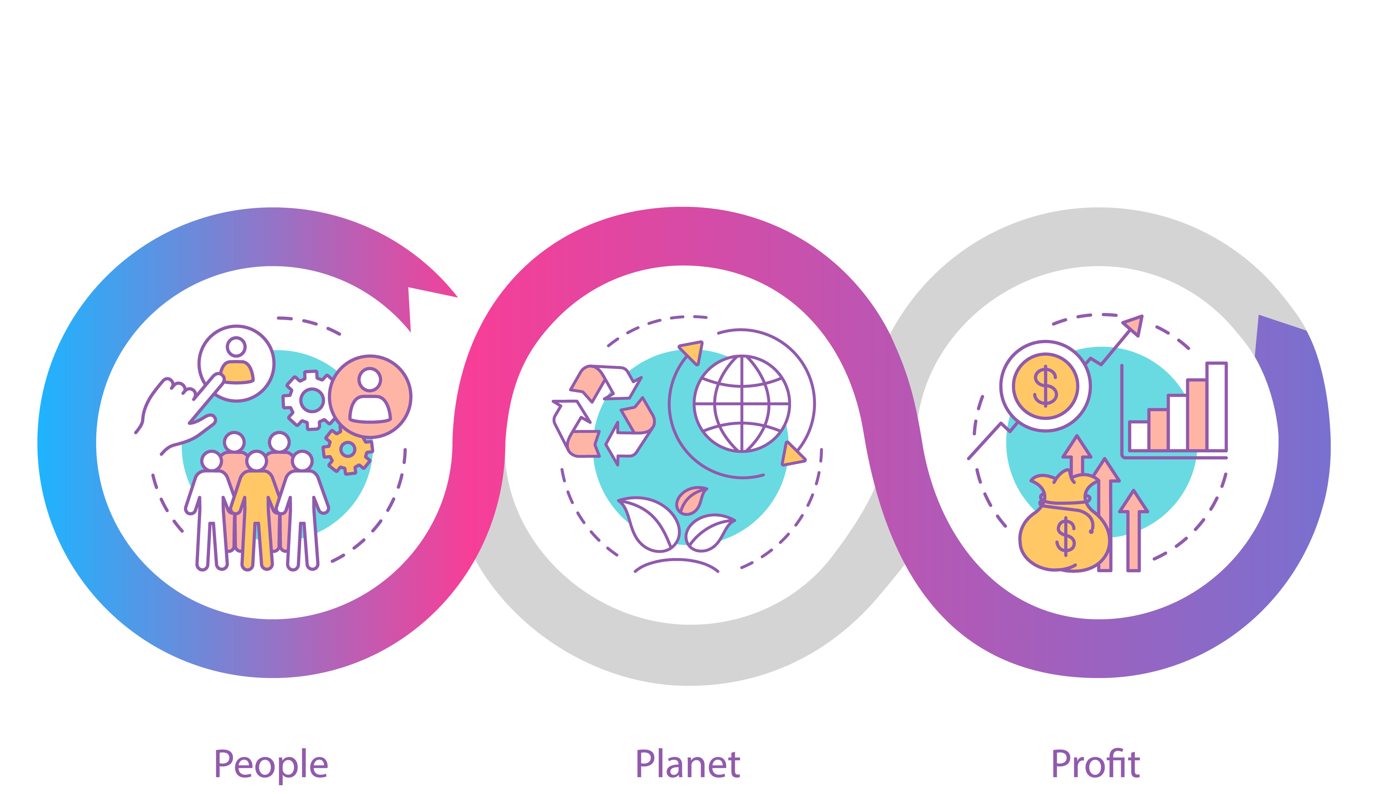
While the definition of the European Taxonomy relating to the environment is being enriched and fully defined, at the same time the Social Taxonomy currently in proposal form, presented by the Platform on Sustainable Finance to the European Commission on last February, is making its way into the European legislative landscape.
As it is already been done in declining the Environmental Taxonomy, for the Social Taxonomy the turning point is to define what it is therefore crucial to define clearly what constitutes a social investment, considering firstly in the Pillar S what is fundamental to enlarge the basis to the access to essential services and rights.
In this nascent context, what it is needed to take in mind is the difference of the social field where if environmental objectives and criteria can be based on science, a social taxonomy has to be based on international authoritative standards of topical relevance such as the International Bill of Human Rights.
Today, in fact, talking about social issues and linking the topic to sustainable economic activities means first and foremost creating a framework for companies to invest in their own corporate empowerment, while considering issues such as: Human rights, access to Public Welfare and Healthy, Employment Policies and Social housing.
As already mentioned, these key aspects are crucial for the social taxonomy to ensure that all stakeholders are involved in their communities.
Here the point that could track the cultural shift in the “social environment” and that the Social Taxonomy aims to decline: in the Proposal, in fact, the concept of community is extended above countries boundaries and business needs, considering and enlarging the scope to all the communities involved in the processes and stage of the company: from the Head quarter territory to all the local communities where the branch or subsidiaries are based, comprehending both level of their tier and lower suppliers along the supply chain.
The complementary main goal of the Social Taxonomy is in fact, to extend the analysis, disclosure and risk management thought all the participants in the business, that are expecting a common framework for social and also environmental issues, wherever they are allocated.
It is also means that the Proposal regulation is taking into account and developing the insights and the main key points of other complementary regulations, such as CSRD, CSDD, SFRD and the initiative about the Sustainable Corporate-Governance (SCG initiative).
The Social Taxonomy, with its developing guidelines, aims to be the common base to all the Eu Frameworks that are developing disclosure about the social issues, focusing especially in these two main aspects: “supply chain” and “sustainable communities” and the links within them.
The structure of the Social taxonomy therefore consists of three objectives, each of which addresses a different group of stakeholders:
- Decent work (including for value-chain workers): this objective focuses on people in their working lives or as workers. The formulation of this objective acknowledges the helpful role of the decent-work agenda spearheaded by the International Labour Organization, where the four pillars of the decent work agenda are: employment creation, social protection, rights at work and social dialogue.
- Adequate living standards and wellbeing for end-users: this objective focuses on people in their role as end-users of certain products and services that either pose heightened health or safety risks or that have the potential to help people to meet basic human needs.
- Inclusive and sustainable communities and societies: This objective will emphasise actions in order to respect and support human rights by paying attention to the impacts of activities on communities and the wider society. This goal will be mainly achieved by addressing and avoiding negative impacts and making basic economic infrastructure available to certain target groups involved in all the stages of the supply chain and focusing on people in their role as members of communities.
- the development of sub-objectives;
- types of substantial contribution and how they will work;
- the special role of DNSH and Minimum Safeguards in a Social taxonomy;
- the rationale for selecting sectors;
- linking substantial contribution to capital expenditure (CapEx), operational expenditure (OpEx) or turnover.
The sub-objectives under this objective are fundamental as they will emphasise issues such as: land rights, indigenous people’s rights, human-rights defenders and improving and maintaining the accessibility and availability of basic economic infrastructure and services like clean electricity and water for certain vulnerable groups or groups in need.
It is clear at this stage and well recognized that the Social Taxonomy framework aims to launch the basis to the construction of strong bones to decline and disclose about social issues related to business and their impact on communities starting from the above mentioned three objectives, considering the following structural issues:
- the development of sub-objectives;
- types of substantial contribution and how they will work;
- the special role of DNSH and Minimum Safeguards in a Social taxonomy;
- the rationale for selecting sectors;
- linking substantial contribution to capital expenditure (CapEx), operational expenditure (OpEx) or turnover.
It can certainly be said that the proposed Social taxonomy forcefully launches the foundations for something new in the European and global scenario, strengthening the regulation of the social sector, as has been done and developed for the environment, while also recognizing the importance of a solid structure, as well as the peculiarities of social issues, on which potentially everything could be said, but without a framework and a bold plan nothing can be done.



